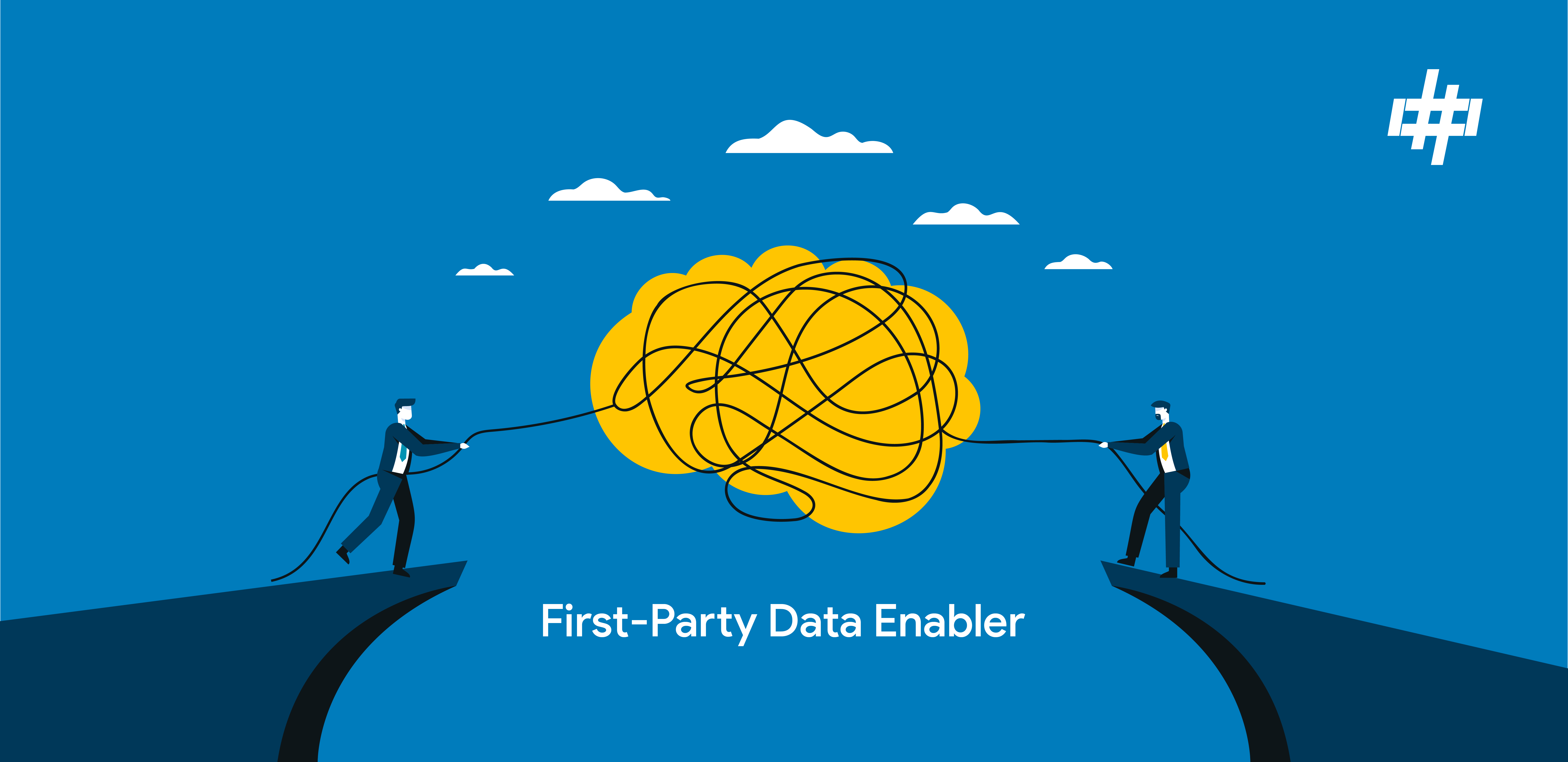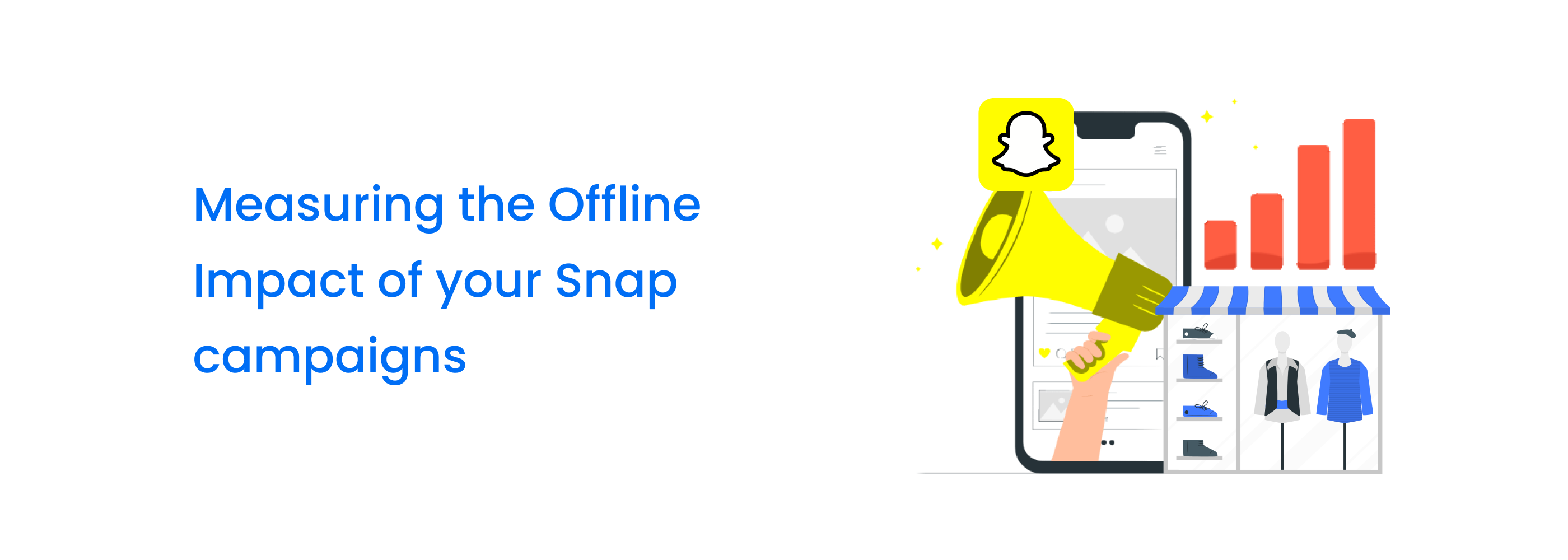Challenges when Activating First-Party Data
Enabling first-party data is the need of the hour. While organizations can connect and activate first-party data, this process can be exhausting and time-consuming.
Problems with first-party data collection

Though it comes from different sources, collecting first-party data isn’t exactly an even playing field. For some players in the programmatic ecosystem — especially publishers on the sell side of the supply chain — capturing information about their users is relatively straightforward. For publishers, this might be website analytics data, subscription information, or authenticated logins. For others, however, the process isn’t as simple.
Some players, including many advertisers on the buy side, might not have easy access to customer data — at least not consent-granted data. CPG brands, for example, do not traditionally engage directly with their customers or sell via their own e-commerce channels, making it more difficult to collect first-party data to use in their campaigns.
So, for a modern-day marketer dealing with the third-party cookie demise, the loss of identifiers can be a daunting task.
Aggregating first-party data from multiple sources

Even when a business has access to a good source of first-party data, there are yet more challenges to overcome — including the storing and aggregation of this data. To deploy a reliable and consistent first-party strategy, businesses should aim to consolidate their data in one place (single platform), making it much easier to access and leverage in programmatic campaigns. This aggregation doesn’t just mean data from online sources. Even first-party data that has been collected offline, such as via in-store purchases, can be turned into actionable online data using a data onboarding service. The ability to cross-infer from data and plan effective targeting and re-targeting strategies can be challenging and time-consuming. Also, leveraging data to achieve enterprise-level goals can seem difficult.
Straining Resources

Technology to enable first-party data involves a great deal of cost, takes a considerable amount of time, resources, and IT support. The infrastructure to build out the system that aggregates first-party data can be a complex task for a marketer who has his KPIs set on achieving a return on Ad spending.
But having the right technology and infrastructure that meets compliance demands is by far the most essential piece to this puzzle. You will need the right technology, processes, procedures, and people to efficiently handle more first-party data. When 72% of advertisers admit to a lack of necessary resources and manpower, strained resources become an important hurdle to clear.
Your prospects may have several interactions with your brand before they become customers. Unfortunately, data silos or the mismanagement of first-party data can bring the customer journey to a screeching halt.
The problem of scale

It goes without saying that solving the scale problem won’t be a simple or singular solution. Instead, it’s most likely that programmatic players will need to leverage all available tools in the toolbox to bridge the scale gap left by the loss of the third-party cookie.
Solutions to scale might include expanding beyond just first-party data to include cohort targeting (as with Google’s FLoC), contextual signalling, and curation. This effectively solves the scale limitations of first-party data because it’s still possible to reap the accuracy benefits that brings but then amplify that reach using other cookieless solutions. In a world without third-party cookies, that’s a win-win. In preparation for 2023, it’s a good idea for advertisers and publishers to begin testing out alternative solutions like these — especially when the third-party cookie is still available to use as a benchmarking tool.
Solving Your First-Party Data Problems

Many of these problems can be avoided by having the right processes and procedures in place. For marketers and advertisers that have relied on third-party cookies and device-level tracking to target audiences, switching to a first-party data strategy can feel like a paradigm shift.














